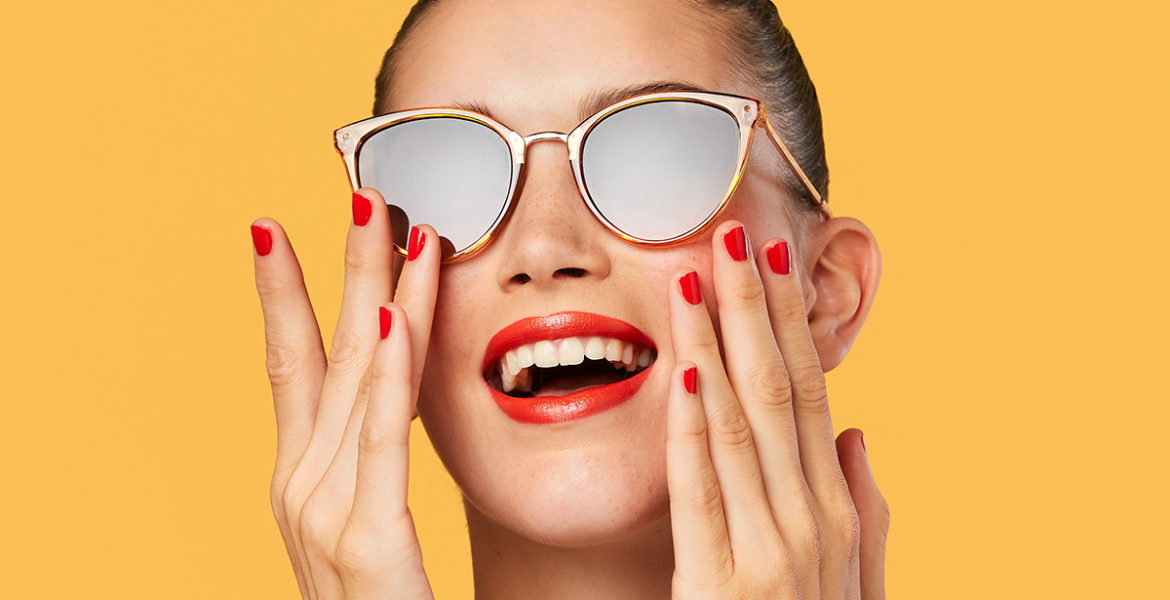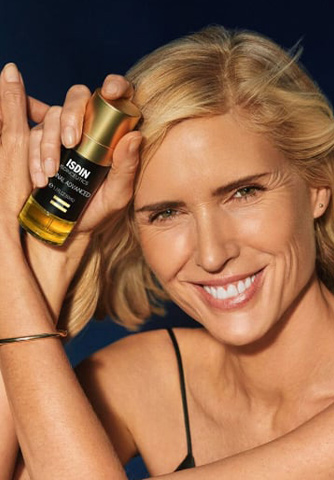With so many of us embracing the fully manicured, ‘polished’ look nowadays, it’s also only natural that nail detoxes have become as hot a topic as nail art itself. And while it’s true that there is such a thing as healthy nails with a dab of polish, excessive use of paint, gel, and acrylics can take its toll on our nails over time.
Here we answer how often you should take a break from acrylic nails, and how you can restore your brittle, damaged nails to their former glory with a nail strengthener.
Table of Contents
Do I really need to let my nails breathe?
While it might be a metaphorical use of the word ‘breathe’, nails don’t take in oxygen from the air. Therefore nails don’t need to be free from polish to stay healthy, but they do need proper care.
Nails can become discolored thanks to pigments in polishes. Or you might notice white patches appearing on your nail after polish is incorrectly removed. A break from nail polish every once in a while can be welcome to prevent yellowing and chipping.
While there’s not a defined time frame that works for everyone, you should make sure your nails are properly cared for. It’s not a good idea to let damage build up. So, decide if a break is best for you every few weeks or months. A good indicator that it’s time for a rest is when your natural nail is no longer bright pink and smooth.
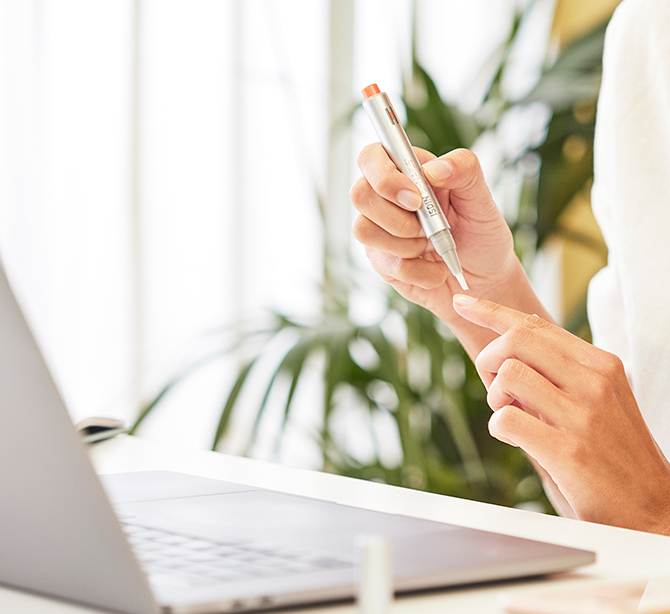
Wait… are acrylic nails bad for you?
We won’t go that far, but they can definitely be tough on your nails and the skin on your hands. Over-manicuring, poor-quality manicures, and applying polish to already damaged nails can make them more brittle, along with causing thinning of the nail plate – the hard part of the nail made up of keratin.
For example, gel manicures can cause nail dehydration and thinning if used in excess and especially if not correctly applied with a gel base coat. Acrylic nails can also damage the nails in the longer term, as the surface of your natural nails is filed down for application, meaning the natural nail becomes weaker.
Another thing to consider: the curing process. Most gel nails need ultraviolet (UV) light to harden. And gel nail polish plus UV radiation can actually harm the keratins in nails, potentially making them more fragile.
Beyond your nails, are there risks to your skin when using UV-curing lamps? The American Association of Dermatology recommends going to a nail salon that uses an LED curing light instead of a UV light. While LED lamps still emit UV radiation, it’s less than with a UV curing light. An LED light also cures more quickly, reducing your hands’ exposure to UV rays. On the other hand, the FDA views all nail curing lamps as low risk when used as directed by the label.
But, it’s always a good idea to wear broad spectrum sunscreen daily – even on your hands!
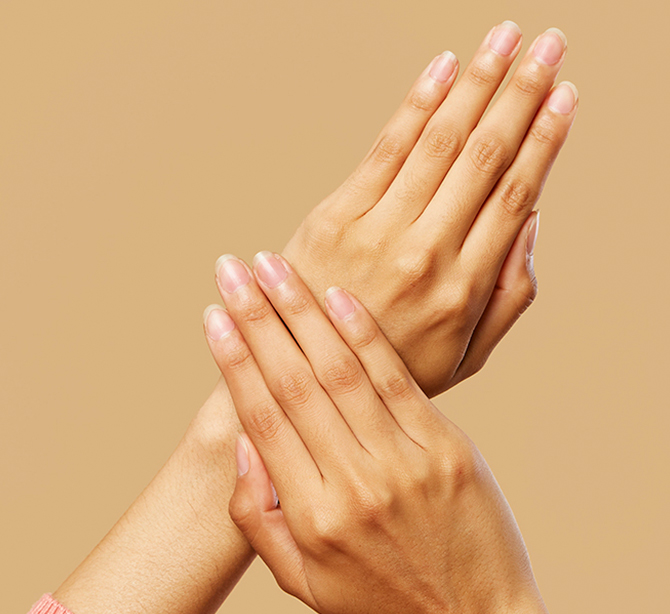
Can I remove fake nails myself?
Before you start your nail break, you’ll of course have to remove your gels or acrylics. While this is normally best to leave to the professionals – and all the better if you can – there may be moments where you are not able to get to the salon to have them removed.
If your fake nails start to fall off or get chipped, it’s important to remember not to pick at them, and to try to remove them in a way that causes less damage to your natural nails.
In the event you need to remove your fake nails or gel polish at home, you’ll need nail polish remover, cotton wool, nail scissors, a nail file, and tin foil.
Step 1
Clip your nails (fake, fake and real, or gel-covered) down using the nail scissors. Of course, you may want to keep your nails long, but the shorter they are, the easier it will be to remove your fake nails.
Step 2
Take your nail file and gently smooth the top of your nails, trying to get the gel or acrylic as thin as possible.
Step 3
While you could simply soak your nails in polish remover, this will expose more than just your nails to the remover, when it’s not necessary. First, soak cotton wool pads or balls in polish remover. Then wrap your nails in individual squares of pre-cut tin foil, securing the cotton ball on top of the nail. You’ll want to do this while watching a movie, as you need to keep the foil on your nails for 30-40 minutes.
Step 4
Lift up one of your foils to check on your nails, and if the acrylics have soaked off. Once they have all been removed, buff your nails to remove any smaller pieces.
Step 5
Wash your hands and nails and gently pat them dry. Then, hydrate, hydrate, hydrate! Finish with a hydrating nail strengthener that you can apply over your nails and cuticles, like ISDIN Si-Nails.
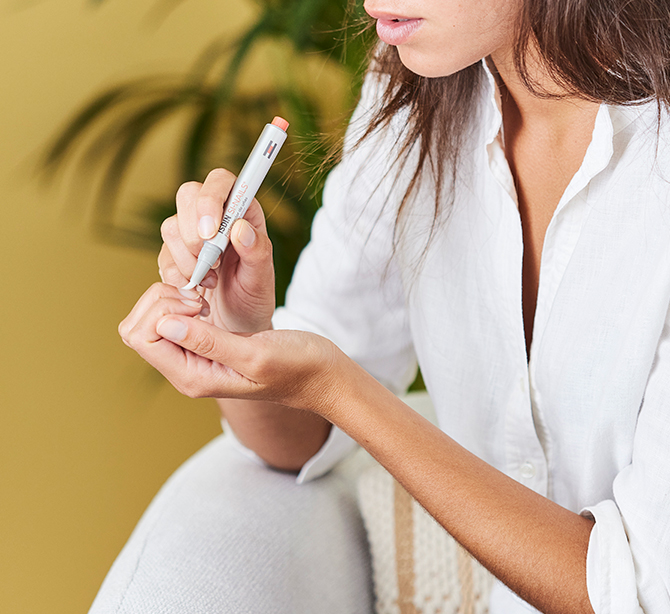
How can I strengthen my nails after acrylics or gel?
Once you’ve had your gel or acrylic nails removed, you can start to care for them by using a product that strengthens and hydrates the nail structure while providing it with the components it needs to look and feel healthy again.
And what are these nail-boosting components? Let’s check them out:
Keratins
Keratins are an important building block for strong and resistant nails. ISDIN’s Si-Nails boasts resin from Pistacia lentiscus gum to help support keratins and boost nail hardness.
Silicon
Silicon is one of the predominant minerals in the nail. Ingredient silanediol salicylate promotes silicon, a crucial step in growing healthy, beautiful nails.
Hydration boosters
Hyaluronic acid is one of the most well-known moisturizers in the world, which promotes the hydration of your nail plate. Take our premium nail strengthening product as a case in point. The cationic hyaluronic acid inside helps boost nail flexibility and revamp the look of nails and cuticles.
The final coat
Even if you decide to go back to polish, gel, or acrylic nails, make sure you give them ongoing hydration care and visit a professional nail tech for both application and removal.
If your nails are damaged, keep up with nail strengthening care until your nails are restored, stronger, and healthier – and afterward if you want to maintain your hard work! With the right treatment, you’ll be well on your way to the healthy nails you’ve always dreamed of!
Sources:
Data on file, ISDIN Corp.; Morristown. NJ: 2022

